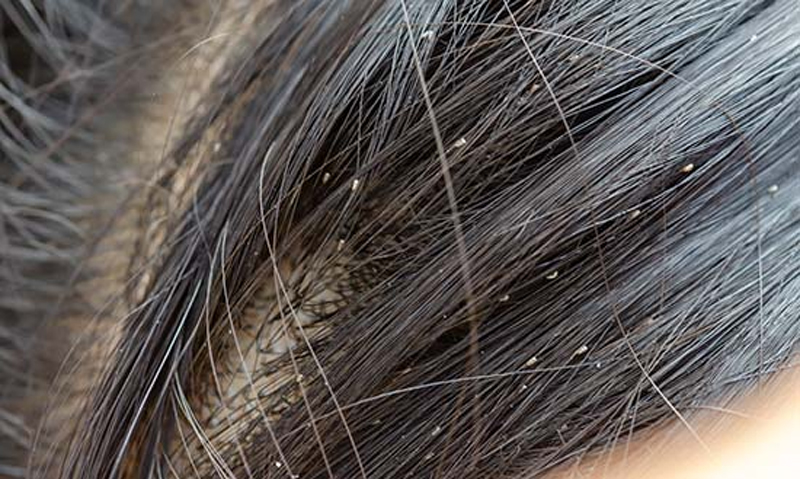 Small parasites that feed on blood from the scalp. Head lice are tiny gray insects (about the size of sesame seeds) that cause an intensely itchy scalp, are extremely contagious, and affect primarily schoolchildren. However, lice on a child can quickly spread to family members of all ages.
Small parasites that feed on blood from the scalp. Head lice are tiny gray insects (about the size of sesame seeds) that cause an intensely itchy scalp, are extremely contagious, and affect primarily schoolchildren. However, lice on a child can quickly spread to family members of all ages.
Tiny parasites that feed on blood vessels in the scalp.
Head lice are small, wingless insects known as PEDICULUS HUMANUS CAPITIS that reside on the human scalp, nourishing themselves by sucking blood. Head lice infestations are highly prevalent, particularly among young school children, and they are not linked to poor hygiene. An affected child can easily transmit head lice to other family members.
These insects do not possess the ability to fly or jump, but they spread primarily through head-to-head contact or by sharing combs, hairbrushes, and hats. Female lice attach their eggs, called nits, to hair shafts near the scalp. These nits may appear as small, white specks. Often, the first indication of infestation is intense itching, caused by an allergic reaction to lice bites.
Infestations can be effectively treated with medicated lotions containing insecticides that effectively kill the head lice. However, since head lice can develop resistance to certain chemicals, it is advisable to consult a pharmacist regarding local patterns of resistance. For children under the age of two or individuals with eczema or asthma, treatment should be discussed with a doctor or pharmacist. To ensure successful eradication, it is essential to treat all family members simultaneously.
Certain individuals may be hesitant to use insecticides repeatedly for head lice treatment. An alternative approach involves applying generous amounts of hair conditioner and meticulously combing through the hair with a fine-tooth comb to eliminate the insects and nits. This process should be repeated every few days for effectiveness and to prevent reinfestation. Regardless of the method chosen, regular inspection of a child’s head is crucial for head lice control.
